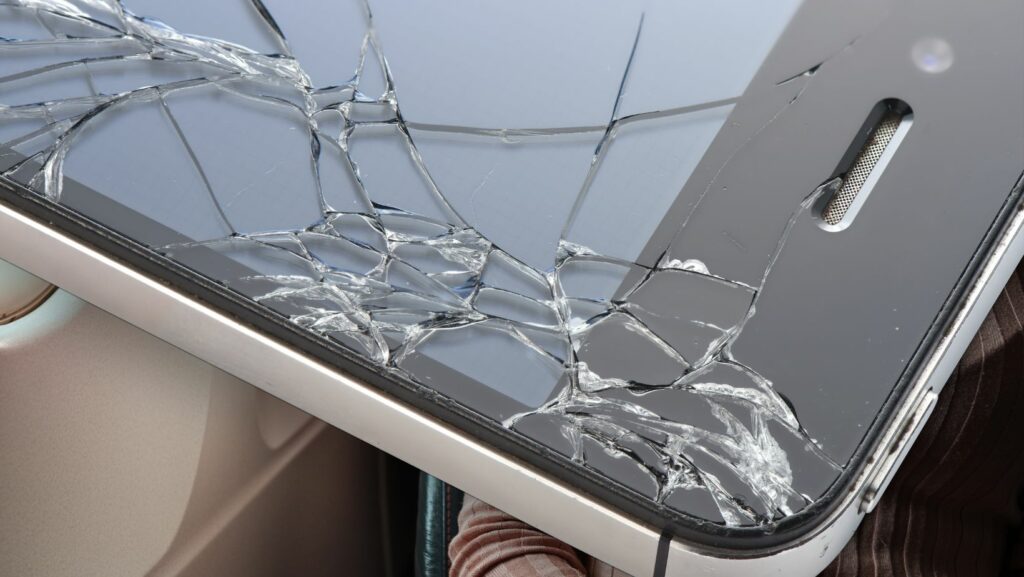In today’s digital age, our smartphones are more than just communication tools; they’re lifelines to the world. Yet, nothing disrupts this connection faster than a cracked screen. Whether it’s a slight fracture or a spiderweb of damage, a phone crack photo can be both a visual nuisance and a functional nightmare. Many people underestimate the impact of a cracked screen on their device’s performance and aesthetics. Beyond the obvious inconvenience, it can lead to further internal damage, reduced touch sensitivity, and even potential safety hazards. Understanding the implications of a phone crack photo can help users make informed decisions about repair or replacement, ensuring their device remains in optimal condition. Insurance policies for devices typically require photographic evidence for claims. Users must take phone crack photos immediately after damage occurs. Documenting the damage before further deterioration provides robust evidence for insurance purposes. These photos help fast-track claim approvals and ensure users receive appropriate compensation or repair services promptly.
Phone Crack Photo

A phone crack photo visually encapsulates the extent of damage sustained by the device. These photos can reveal fine details, such as hairline fractures or shattered screens, providing a clear assessment of the screen’s condition. Capturing high-quality images of the crack helps in documentation and might be essential when seeking repair services or insurance claims. High-resolution photos show every detail of the crack, including its length, width, and precise location. Clear images prove critical when communicating with technicians or insurance providers. With updated smartphones equipped with advanced cameras, users can capture detailed photos without needing extra equipment.Repair shops often request photos before providing estimates. Sending detailed phone crack photos ensures accurate diagnostics. Precise images help technicians understand the damage’s severity and provide accurate repair costs. This step saves time and allows users to take informed decisions regarding repair expenses.
Causes Of Phone Screen Cracks

Understanding the causes of phone screen cracks helps users prevent damage. Common reasons include accidental drops, manufacturing defects, and wear and tear. Accidental drops are the primary cause of phone screen cracks. Smartphones often slip from users’ hands, pockets, or surfaces. Hard surfaces, such as concrete or tile floors, amplify the impact, shattering the screen. Cases with inadequate protection also leave screens vulnerable. Manufacturing defects can compromise screen durability. Issues like weak glass, improper installation, or structural flaws make screens more susceptible to cracks from minor impacts. Even high-end devices are sometimes affected, and defects are usually identified within the first few months of use. Daily use results in wear and tear on phone screens. Small scratches from items like keys and coins gradually weaken the glass. Over time, repeated stress on the screen makes it more likely to crack from minor impacts. Environmental factors, such as extreme temperatures, also contribute to gradual deterioration. Understanding these causes aids in taking proactive measures to protect phone screens. A cracked screen can significantly impact the quality of photos taken with a smartphone. This section delves into how visual distortion and reduced touch sensitivity caused by a cracked screen affect photo quality.
Tips To Prevent Phone Screen Cracks

Preventing phone screen cracks starts with using a sturdy case and screen protector. These accessories provide an extra layer of defense against accidental drops and everyday wear and tear. Additionally, always handle your phone with care, avoiding placing it in pockets or bags with sharp objects like keys. Consider investing in a phone with durable screen technology, such as Gorilla Glass. These screens are designed to withstand impacts better than standard glass. Regularly inspect your phone for any signs of wear or minor damage, addressing issues promptly before they escalate into significant cracks. Lastly, be mindful of where you place your phone. Avoid placing it on edges or unstable surfaces where it could easily fall. By following these simple tips, users can significantly reduce the risk of screen damage and ensure their devices remain in optimal condition for longer. Reduced touch sensitivity affects the ability to interact with the camera app efficiently. Users may experience delays or unresponsive controls when adjusting settings or snapping photos.

